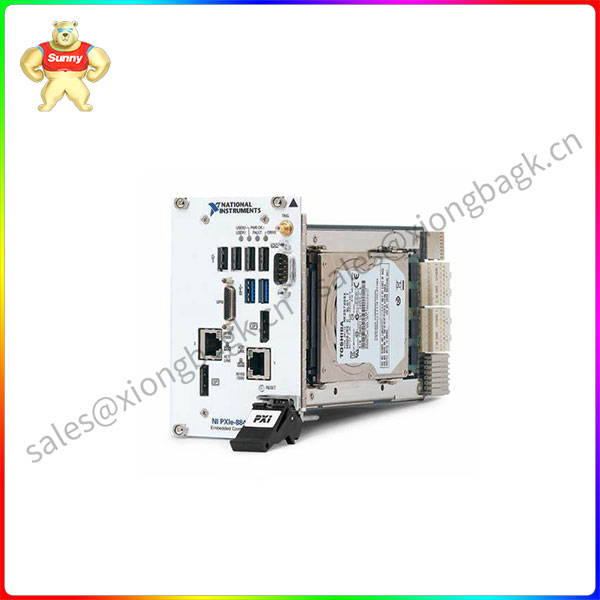Collecting accurate measurements for decades is a feat in itself, but doing so with a probe on the surface of a desolate planet 225 million kilometers away is even more difficult. But the feat was well and truly achieved.
In August 2012, the Curiosity rover from NASA’s Mars Science Laboratory landed on Mars. Since then, Curiosity has continued to collect measurements of the Martian environment that have excited scientists around the world. The most important of these measurements are the humidity and barometric parameters, which are measured by sensors equipped with Vaisala measurement technology provided by the Finnish Meteorological Institute.
Due to the challenging environmental conditions on Mars, some of the rover’s mechanical components have shown signs of wear, but the measurement sensors have remained robust, providing accurate data well beyond the initial two-year mission target.
Mars is dusty and cold, with a very thin atmosphere. Records show that the average surface temperature on Mars is about −63 °C, while daytime temperatures can reach a maximum of +35 °C. From a research perspective, Mars provides an opportunity for humans to better understand how Earth has evolved and how it will change in the future. For example, if Mars and Earth were both wet and warm billions of years ago, why are they so different now?

PXIE-8840
The Curiosity Mars rover is mobile and acts as a weather station in multiple locations. In addition, NASA’s newly launched Mars probe, Perseverance, is currently exploring the surface of Mars, and it is equipped with similar Vaisala measurement technology. The two rovers, separated by about 2,000 kilometers, together laid the data foundation for building the Mars atmosphere observation network and became an integral part of the work to further understand and predict the weather on Mars.
The sensor performance is stable and reliable
During the flight and during the exploration of the planet’s surface, the sensors on NASA’s rover were subjected to very harsh conditions. Not only do the sensors have to withstand huge changes in temperature and air pressure, they also have to withstand thick dust and violent vibrations.
Other than slight modifications to the pressure sensors on Curiosity and Perseverance to accommodate the extremely low air pressure range on Mars, the measurement technology deployed on the two Mars rovers is essentially the same technology Vaisala uses on a daily basis.
Vaisala continues to invest in product development and is committed to pioneering innovation and providing accurate and trusted measurement technology. Stable, reliable sensor performance is born of our scientific curiosity, backed by in-house expertise and experience. Curiosity, the desire to meet challenges, and research and development capabilities have always been at the heart of the company. Whatever the future of space exploration, Vaisala will continue to bring its expertise to bear by providing sensor technology to help humanity explore the mysteries of the universe in which it lives.
 中文版
中文版




